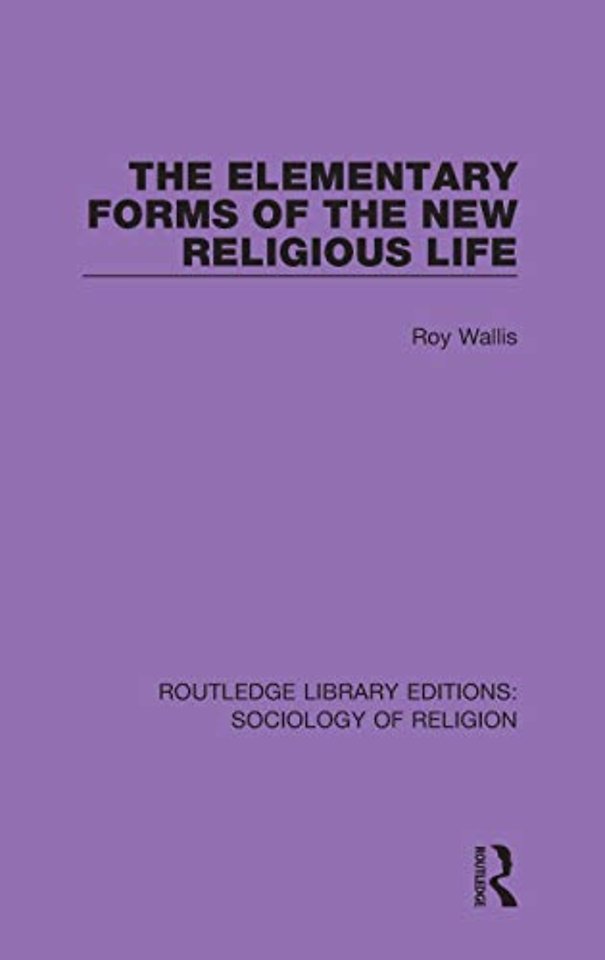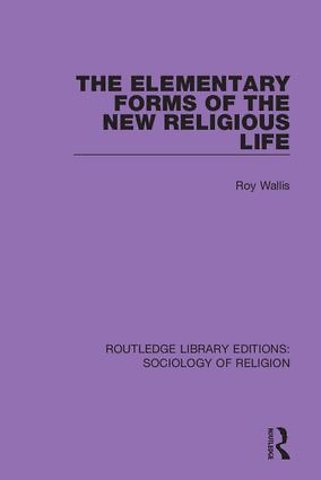Elementary Forms of the New Religious Life
Samenvatting
This book, first published in 1984, examines the whole range of new religious movements which appeared in the 1960s and 1970s in the West. It develops a wide-ranging theory of these new religions which explains many of their major characteristics. Some of the movements are well-known, such as Scientology, Krishna Consciousness, and the Unification Church. Others such as the Process, Meher Baba, and 3-HO are much less known. While some became international, others remained local; in other ways, too, such as style, belief, organisation, they exhibit enormous diversity.
The movements studied here are classified under three ideal types, world-rejecting, world-affirming and world-accommodating, and from here the author develops a theory of the origins, recruitment base, characteristics, and development patterns which they display. The book offers a critical exploration of the theories of the new religions and analyses the highly contentious issue of whether they reflect the process of secularisation, or whether they are a countervailing trend marking the resurgence of religion in the West.
Specificaties
Net verschenen
Rubrieken
- aanbestedingsrecht
- aansprakelijkheids- en verzekeringsrecht
- accountancy
- algemeen juridisch
- arbeidsrecht
- bank- en effectenrecht
- bestuursrecht
- bouwrecht
- burgerlijk recht en procesrecht
- europees-internationaal recht
- fiscaal recht
- gezondheidsrecht
- insolventierecht
- intellectuele eigendom en ict-recht
- management
- mens en maatschappij
- milieu- en omgevingsrecht
- notarieel recht
- ondernemingsrecht
- pensioenrecht
- personen- en familierecht
- sociale zekerheidsrecht
- staatsrecht
- strafrecht en criminologie
- vastgoed- en huurrecht
- vreemdelingenrecht

